
Content marketing is the process of creating, publishing, and distributing different types of content to reach a wider audience.
In essence, every marketing tactic that a) has to do something with content (written, visual, audio, or video) or b) isn’t outbound marketing can be characterized as content marketing.
Sounds a bit overwhelming?
Well, let’s break things down into clearer steps.

1. Create Editorial Calendar
An editorial calendar is a comprehensive planner, covering all your publishing activities across different content distribution channels — your website, blog, social media, and third-party resources.
The goal of an editorial calendar is to provide a single-pane view of all your activities and keep track of progress.
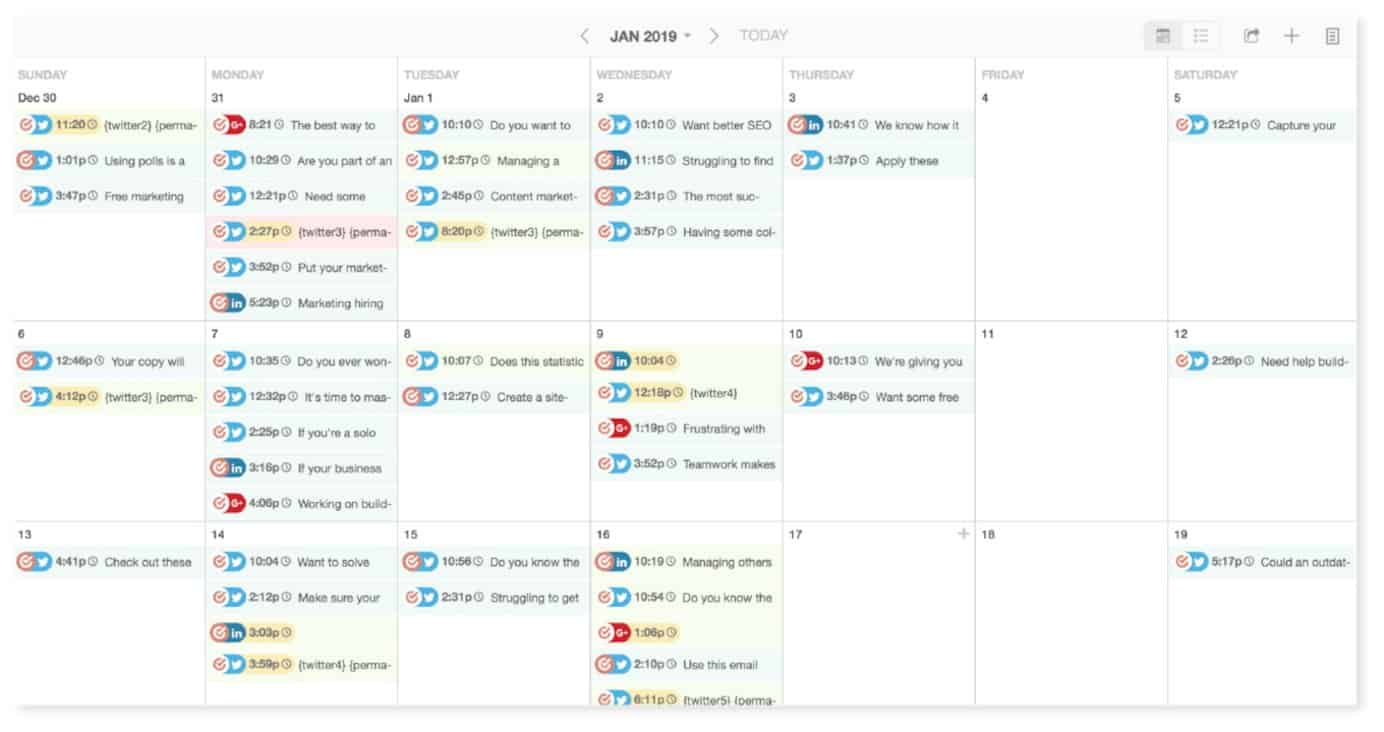
2. Establish Content Writing Guidelines
Content writing guidelines help standardize the quality of content you produce. Developed as part of a website style guide, they detail:
- Content formatting requirements
- The preferred tone of voice
- Content lengths
- Image use
- Fact-checking and citing requirements
- Internal and external linking
- Editorial workflow
- SEO requirements
Here’s an example of content writing guidelines we use at WebsiteSetup to produce exceptional content:
3. Document and Streamline Process
The goal of an editorial calendar and content writing guidelines is to help you standardize the content creation process. So that each writer you work with understood your expectations and produced new pieces in line with all the requirements.
These two assets set a baseline system for a documented content marketing process — a systemized and repeatable workflow for producing, editing, publishing, and distributing content.
Try these content marketing templates to get organized:
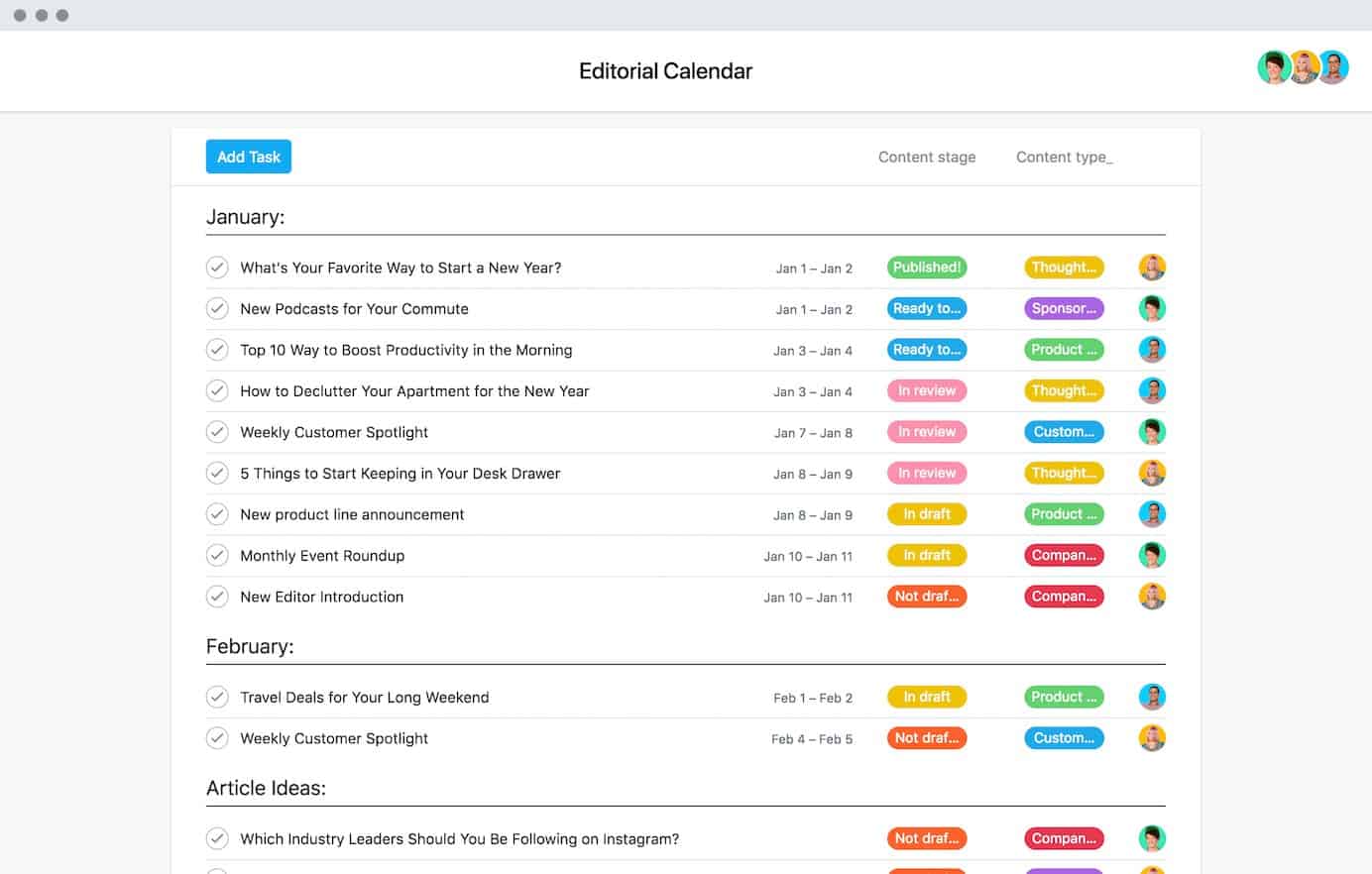
4. Create Educational Content and Tutorials
Once you set a formal system for managing the content flow and quality, it’s time to get to writing. Determine which types of content you’d want to produce based on your target audience preferences, niche, and competition.
Some of the popular types of marketing content include:
- Blog posts
- Whitepapers
- eBooks
- Case studies
- Social media posts
- Videos
- Podcasts
- Infographics
- Influencer content
- User-generated content
To increase website traffic, we primarily rely on long-form blog posts, educational guides, and tutorials:

5. Gather Data and Publish Reports
Getting traffic to a new website can be hard. Especially, when you don’t yet have a big copywriting content to churn new pieces daily.
So focus on quality over quantity in your early days. Go on a deep Internet dive and collect some interesting industry data, then pack it into a comprehensive report and publish it on your website.
Investing in one data-driven report pays off in many ways:
- Evergreen content: A detailed report will stay relevant for the long term and drive a consistent stream of traffic over time from different sources.
- SEO benefits: Search engines prefer authoritative content. By creating a well-researched piece, you send Google a strong signal for rankings.
- Content repurposing: Long-form content can be repurposed for sharing across different channels — social media, email marketing, guest blogging, etc. And such pieces can be adapted to other formats — audio, video, or visual content.

6. Start a Podcast
Last year, over 100 million Americans listened to at least one podcast per month. That’s a lot of ears that can also be converted to website clicks.

The growing popularity of podcasting makes it an excellent tool for traffic generation. You can add links to the relevant content you’ve mentioned in the podcast description, plus advertise your website name using voice to increase awareness around it.
7. Start a YouTube Channel
YouTube also grows bigger year over year. In 2020, people watched over one billion video hours daily on the platform.
By starting a YouTube channel, you can tap into that massive viewing habit and direct some of the views to your website.
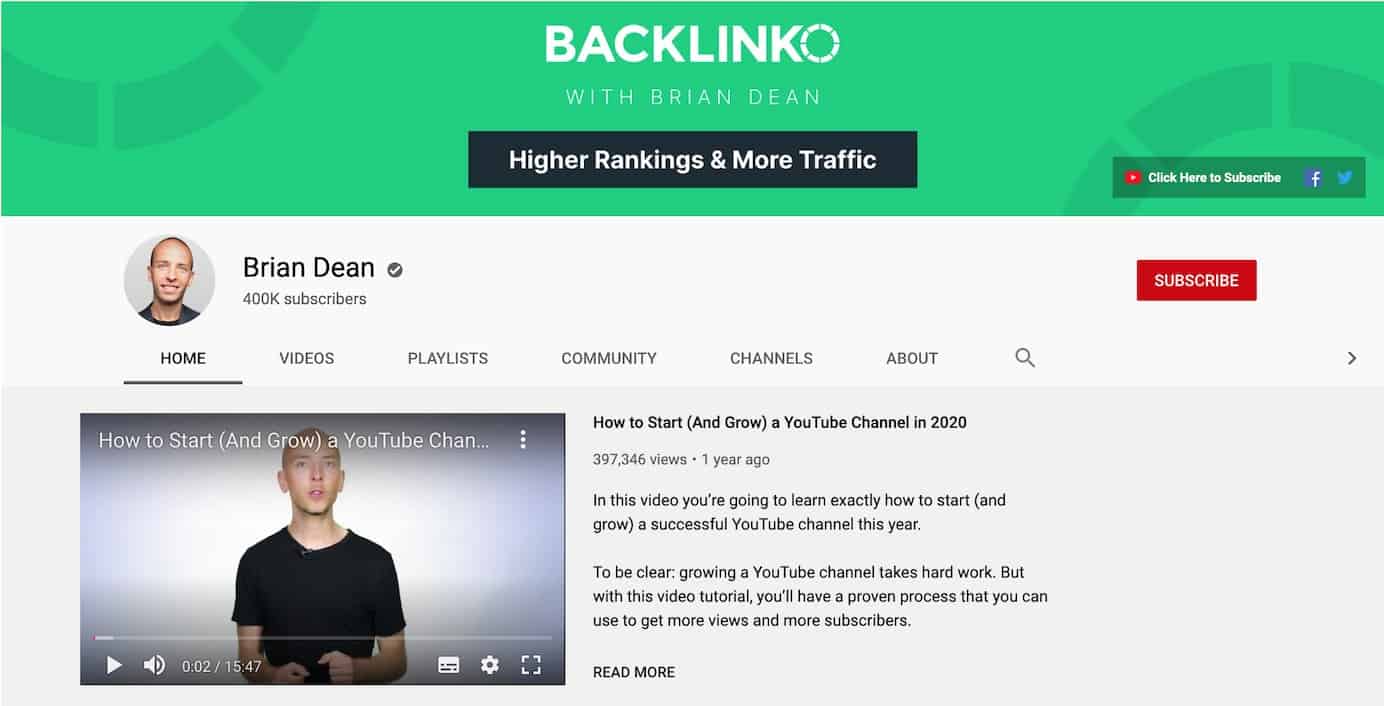
For example, Brian Dean from Backlinko runs a popular blog and a complimentary YouTube channel that he uses to promote his content offerings (guides, online courses, and other website assets).
8. Repurpose Content
Great blog posts have a long shelf-life. A data-backed post, published on your website can be later repurposed into:
- A series of social media posts
- Downloadable charts, graphics, PDFs
- The audio version shared on third-party platforms
- Narrated or screencast video
- Email marketing sequence
- Syndicated content for guest posting
9. Write Guest Posts and Press Releases
To reach a wider audience and drive referral traffic back to your website, you should also do blogging on other websites.
The easiest way to find guest posting opportunities is to use in-url:writer-for-us + [niche] or inurl:/guest-post/ + [niche] query on Google.
Both can help you find websites that accept guest submissions. Or look at some popular media publishers in your niche and see if they are expecting pitches/opinion pieces from authors.
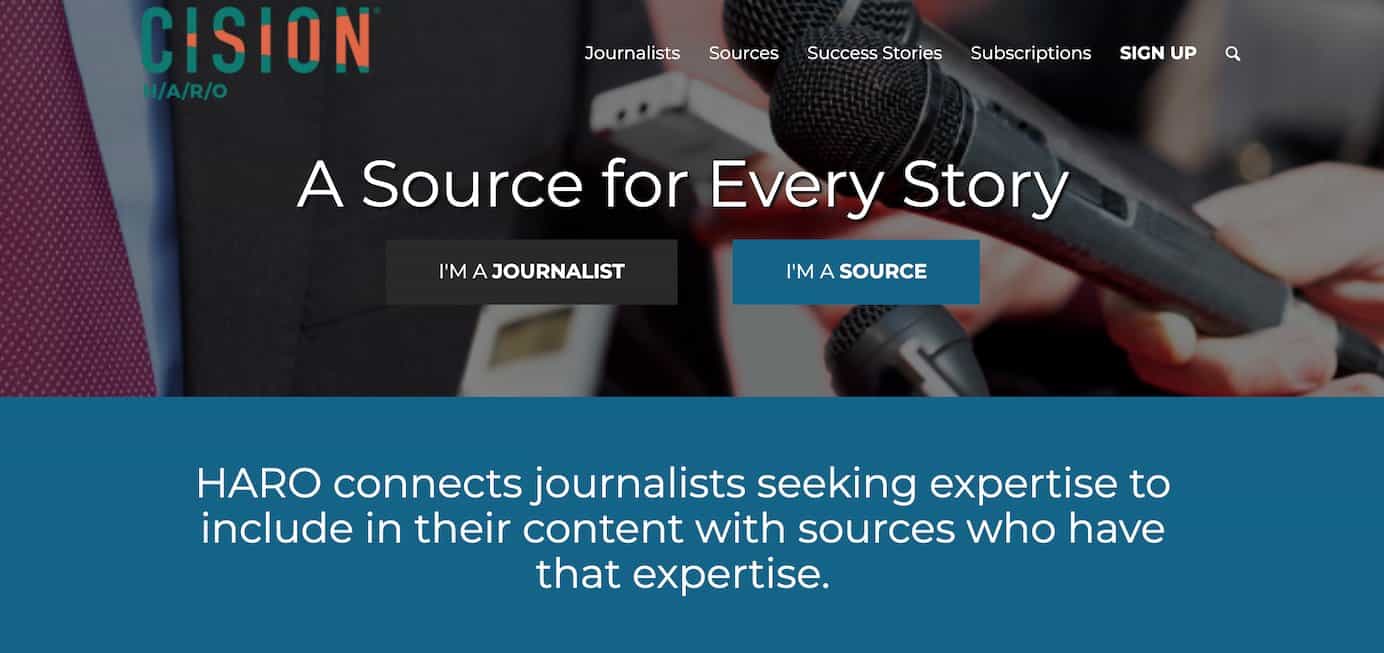
Alternatively, you can go after media opportunities using HARO — a free service connecting journalists with sources. Join HARO to pitch your press releases or story quotes to the media people, working on a story around your niche.
10. Create a Linkable Asset
A linkable asset is an in-depth piece of content, strategically optimized to drive backlinks. For example:
- An industry report or outlook
- Statistics round-up
- In-depth case study or tutorial
- Original research
- Storytelling based around unique data
- Interview series
- Free online tools
In essence, a linkable asset is any unique piece of content that shares a bunch of valuable insights others may want to reference in their writing.
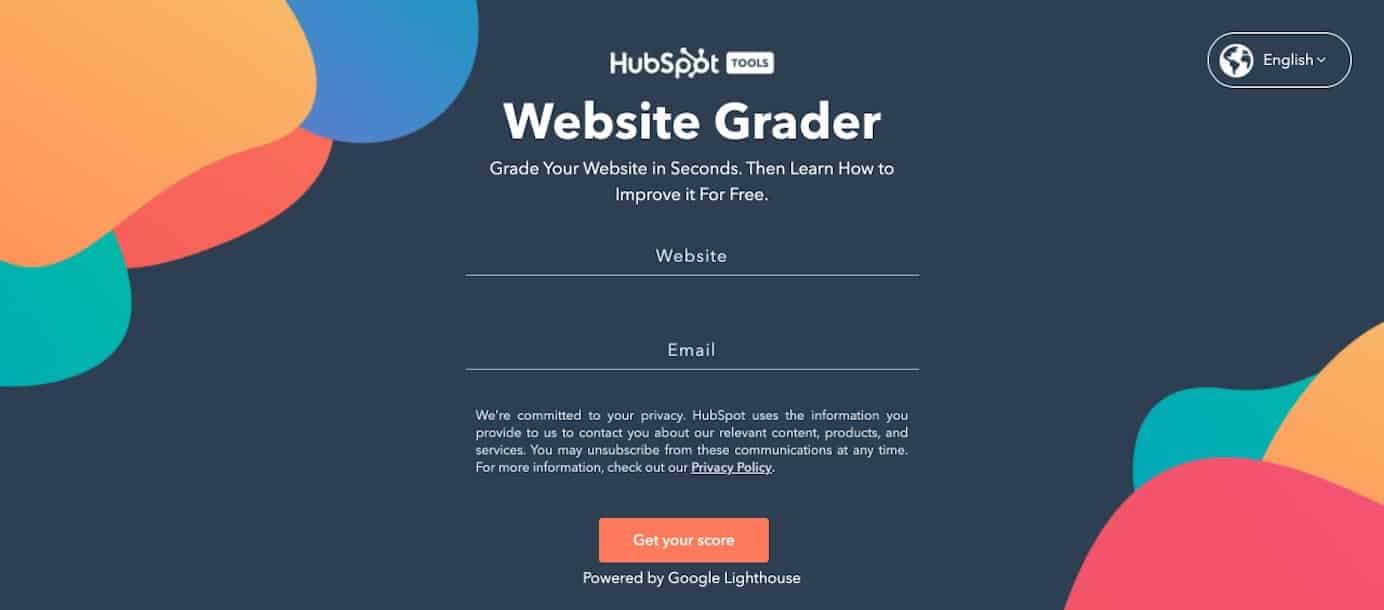
HubSpot, for instance, offers a free website grader tool that anyone can use. Since it’s pretty awesome, a lot of people naturally link back to it from their blogs and promote it on social media.

إرسال تعليق